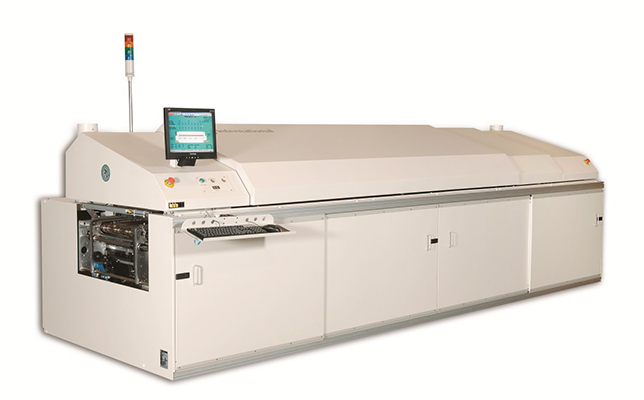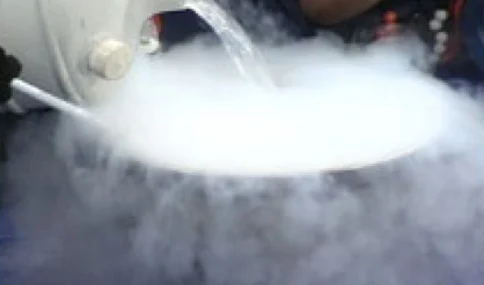Reflow Soldering with Nitrogen Protection-Shenzhen Fitech

Reflow Soldering with Nitrogen Protection
In the process of lead-free reflow soldering, many companies are concerned about one question, that is, whether the oxygen concentration in the reflow oven will rise? What circumstances need to use N2 to protect the soldering method to reduce the oxygen concentration in the reflow oven? In fact, for consumer electronics products, taking into account the factors of product design and service life, it is best to avoid the use of N2 shielded reflow soldering methods that increase production costs. However, if the reliability of the product is very high, then the use of N2 shielded soldering should be considered.
Due to the high melting point of lead-free solder, it is easy to cause oxidation problems during the soldering process, which affects the quality and reliability of soldering. In order to solve this problem, an effective method is to fill the reflow oven with N2 to form a low-oxygen environment, blocking the entry of air and reducing the occurrence of oxidation reactions.

Figure 1. Reflow oven appearance.
The principle of reflow soldering N2 protection is to use the inertness of N2, and metal or other substances do not have a chemical reaction, so as to inhibit the oxidation of the soldering process. When the reflow furnace is filled with N2 with a purity higher than 99.99% (oxygen concentration below 100 ppm), the oxygen concentration in the furnace can be effectively reduced, generally controlled within 2000~3000ppm. In this way, it can reduce the possibility of lead-free solder reacting with oxygen in the air at high temperatures to form metal oxides, improve the wetting performance and wetting speed of the solder, avoid the generation of defects such as tin balls and bridging, and get better soldering quality.

Figure 2. Industrial liquid nitrogen.
Prevent or reduce the oxidation of components, circuit boards and solder at high temperature to prolong their service life;
Improve the wetting power and wetting speed of the solder, making the solder joints smoother, more uniform and tighter;
Reducing the generation of defects such as solder balls and bridging, and improving the appearance and performance of products;
The possibility of using solder pastes with lower active fluxes, reducing residues and corrosiveness;
Reduction of discolouration and deformation of the substrate, improving the aesthetics of the product.
Disadvantages of reflow N2 protection
Significant increase in production costs;
May increase the risk of tombstone effect and wick effect, need to pay attention to controlling parameters such as component spacing, temperature profile and preheating time;
Need to control the oxygen content and N2 consumption in the furnace to avoid waste and pollution.
Reflow soldering N2 protection is applicable to the following situations
When using high-temperature lead-free solder such as SnAgCu, it is easy to cause serious oxidation of components, circuit boards and solder at high temperatures due to the increased melting point;
When using OSP surface treatment double-sided reflow soldering boards, due to the OSP layer is thin and easy to damage, in the air easy to lose wetting properties;
When parts or circuit boards do not eat tin well, due to surface roughness or contaminants, it is easy to form a bad wetting phenomenon in the air.

















 Back to list
Back to list



